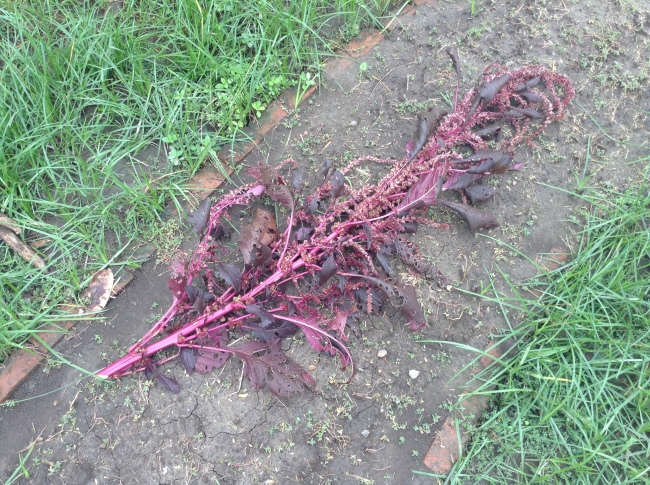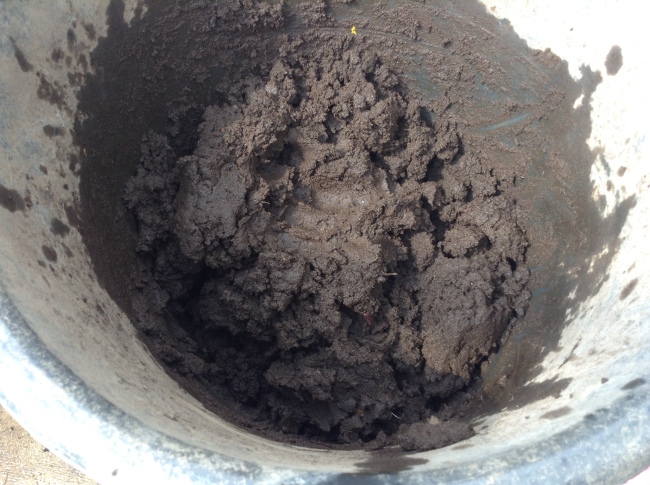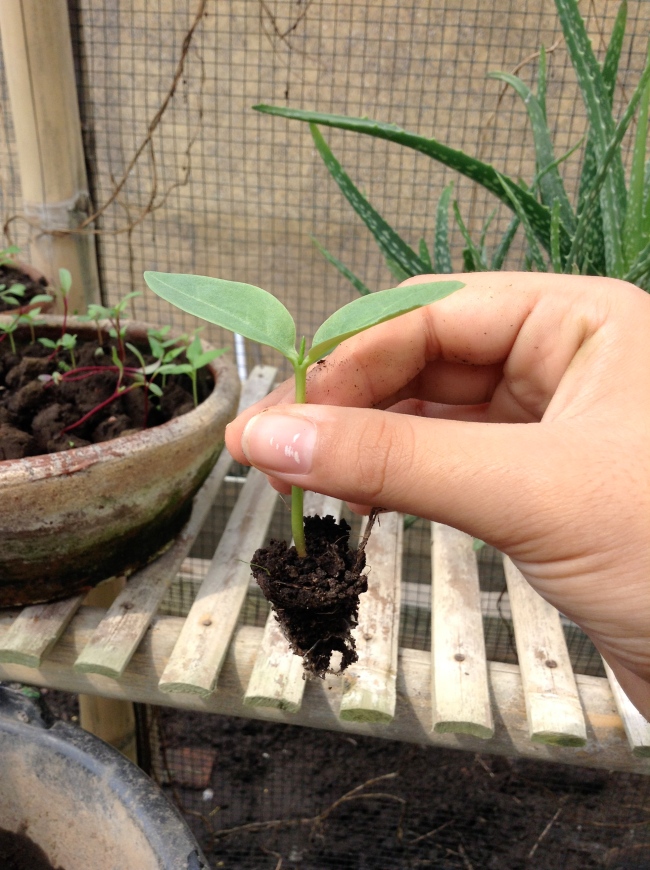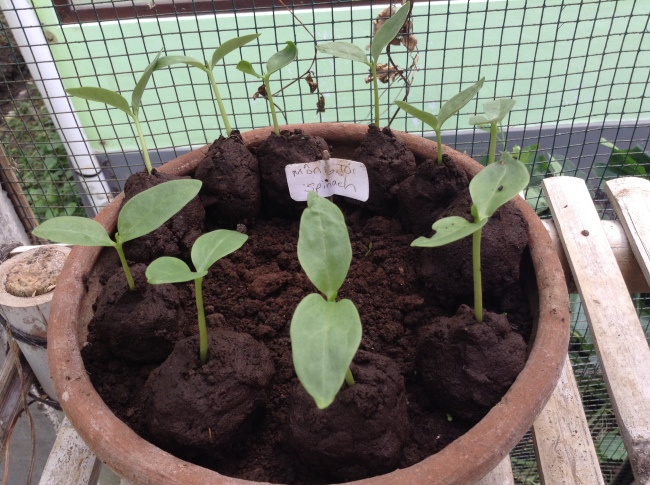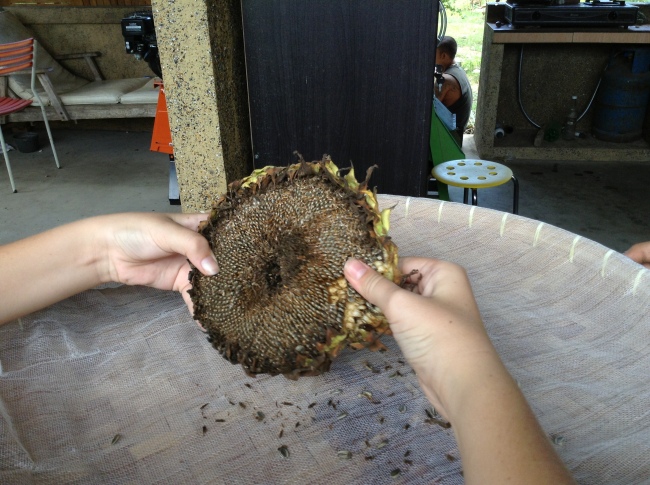Hello Everyone, Today we’re going to talk about making and using a Rice Hull Carbonizer.
What is it?
Rice hull (or husk) is the outermost layer that is commonly detached from the rice grain during the process of milling. Rice hull therefore is considered the by-product or waste produced from the process of milling rice.
This unwanted rice hull is usually burnt or left to pile up in open fields. Agricultural researchers found that this by-product or waste have properties that are beneficial to cultivating and growing plants and so found a way to make better use of the rice husk. They have identified one way to manage the massive amount of rice husks via the process of rice husk carbonization.
Rice hull carbonization is the process of incomplete or partial burning of rice hull. The carbonized rice hull (CRH), which is the product of this process, is porous and bulky with uniform intact black particles.
Below is a video of how to make & use a rice hull carbonizer.
Now it’s time for tips:
- We realized in the process, that we needed a LOT more holes, to create ventilation for the fire and it carbonizes the husk faster. You need to add a lot more holes than us. REMEMBER: more holes equals faster carbonization & is easier to light the fire. So the more the better.
- When burning the husk, turn it (Mix) every once in a while, and sprinkle with water
Next is Benefits:
- It’s full of nutrients.
- It will help your plants grow faster.
- Improves biomass production
Last but not least important, Con’s:
- It creates Carbon monoxide, which is one of the planet’s biggest problems.
- It may not work well with all plants
Personal Note: This is my learning experience, and I think that if we’re basically burning “carbonizing” the husk, it will help the plants grow faster, In the small picture. But in the big picture, we’re looking at all this carbon monoxide floating up into the air. Which is one of the planet’s biggest problems. This is Just to be shared as a learning experience, and when you want a little something to add to your fertilizer, just add some raw rice husk (which will work as well, and doesn’t create carbon monoxide).
Thank you for Reading, Jaz



